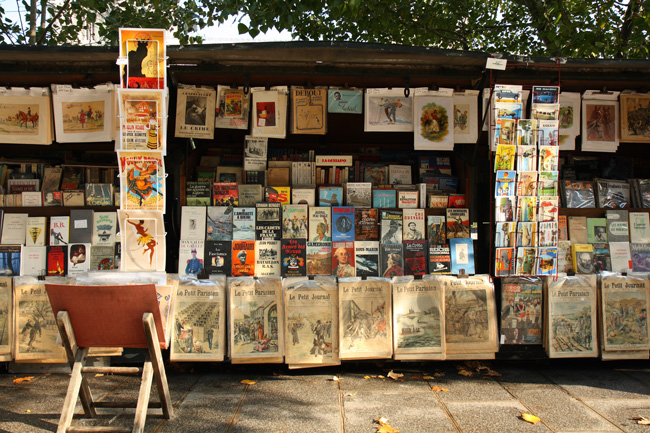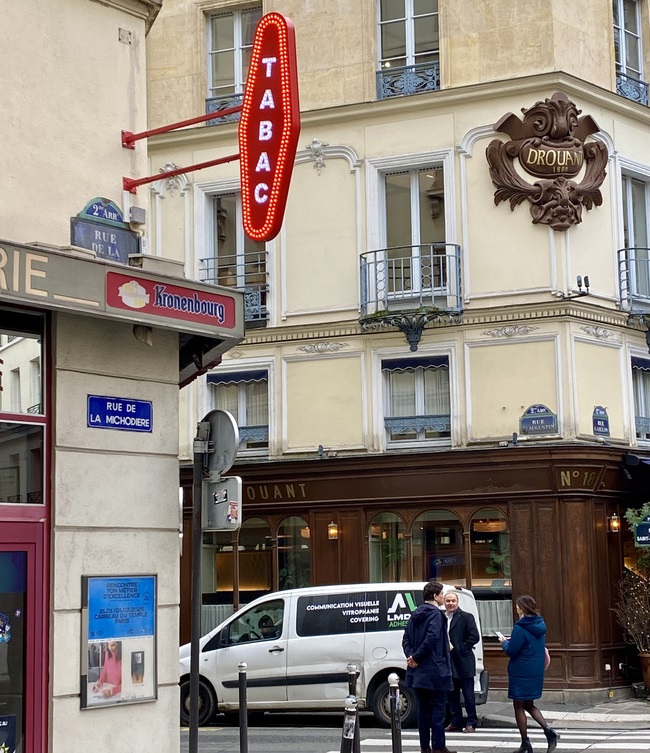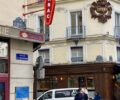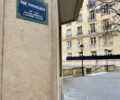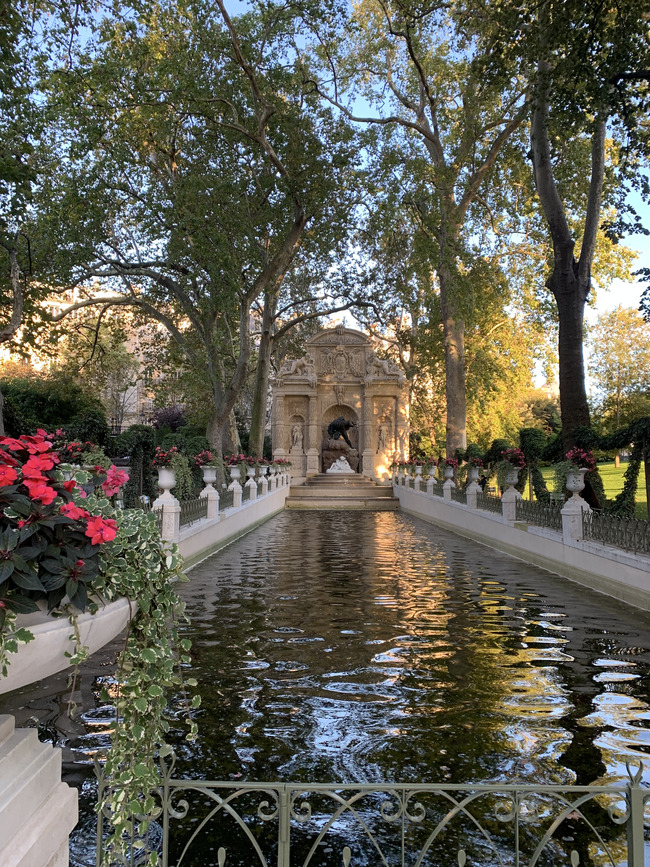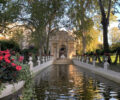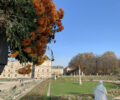From Page to Place: A Parisian Literary Landscape
While Paris is best experienced in real life, skilled novelists have long captured the landscape of the city with their pen. Selecting some lucid geographical markers from my favorite literature, I have mapped these lines about Paris, across Paris. Notice how the ever-changing cityscape differs from the texts today or, in some cases, remains virtually untouched…
The Ladies’ Paradise
“They were at the corner of the Rue de la Michodière and the Rue Neuve-Saint-Augustin, in front of a draper’s shop, which displayed a wealth of color in the soft October light. Eight o’clock was striking at the church of Saint-Roch; not many people were about, only a few clerks on their way to business, and housewives doing their morning shopping. Before the door, two shopmen, mounted on a step-ladder, were hanging up some woollen goods, whilst in a window in the Rue Neuve-Saint-Augustin another young man, kneeling with his back to the pavement, was delicately plaiting a piece of blue silk.”
— Emile Zola
Chéri
“Without hurrying, he climbed the single flight of stairs up to Léa’s flat. At six in the evening, after the rain, the Rue Raynouard re-echoed, like the garden of a boarding-school, with the chirrup of birds and the cries of small children.”
— Colette
The Hunchback of Notre Dame
“Notre-Dame de Paris is, in particular, a curious specimen of this variety. Each face, each stone of the venerable monument, is a page not only of the history of the country, but of the history of science and art as well.”
― Victor Hugo
A Moveable Feast
“If I walked down by different streets to the Jardin du Luxembourg in the afternoon I could walk through the gardens and then go to the Musée du Luxembourg where the great paintings were that have now mostly been transferred to the Louvre and the Jeu de Paume. I went there nearly every day for the Cézannes and to see the Manets and the Monets and the other Impressionists that I had first come to know about in the Art Institute at Chicago. I was learning something from the painting of Cézanne that made writing simple true sentences far from enough to make the stories have the dimensions that I was trying to put in them. I was learning very much from him but I was not articulate enough to explain it to anyone. Besides it was a secret. But if the light was gone in the Luxembourg I would walk up through the gardens and stop in at the studio apartment where Gertrude Stein lived at 27 rue de Fleurus.”
― Ernest Hemingway
Father Goriot
“But just as the coffin was put in the hearse, two empty carriages, with the armorial bearings of the Comte de Restaud and the Baron de Nucingen, arrived and followed in the procession to Pere-Lachaise. At six o’clock Goriot’s coffin was lowered into the grave, his daughters’ servants standing round the while.
[…]
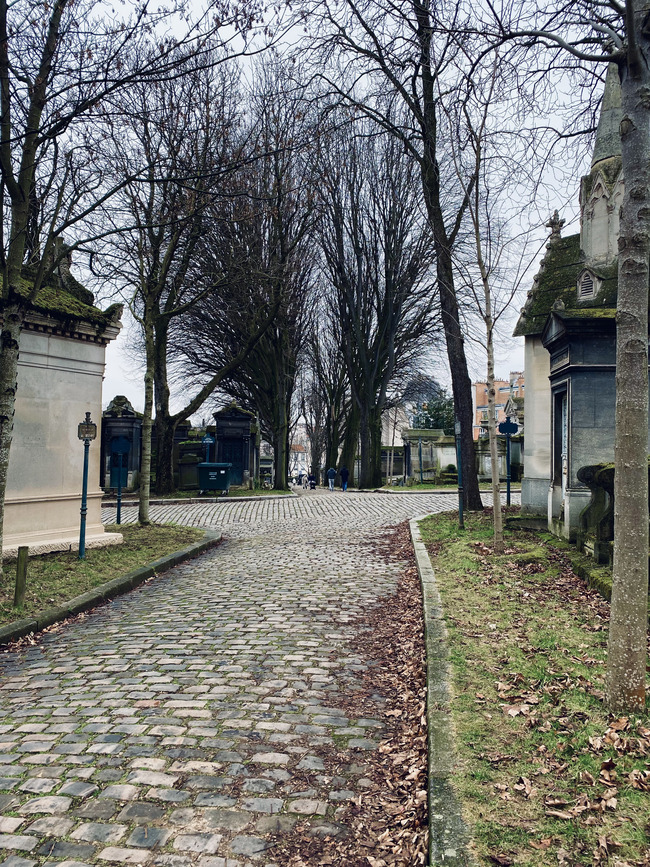
A cobbled path in the Père-Lachaise cemetery on a cold winter morning. Photo: Sophie Farmer
He went a few paces further, to the highest point of the cemetery, and looked out over Paris and the windings of the Seine; the lamps were beginning to shine on either side of the river. His eyes turned almost eagerly to the space between the column of the Place Vendome and the cupola of the Invalides; there lay the shining world that he had wished to reach. He glanced over that humming hive, seeming to draw a foretaste of its honey, and said magniloquently:
“Henceforth there is war between us.”
— Honoré de Balzac

Louise-Joséphine Sarazin de Belmont, Paris, Seen from the Heights of the Père Lachaise (1842–1859) © Musée des Augustins de Toulouse, Toulouse
Lead photo credit : A bouquiniste on the Quai de Montebello. Credit: Benh LIEU SONG/ Wikimedia commons
